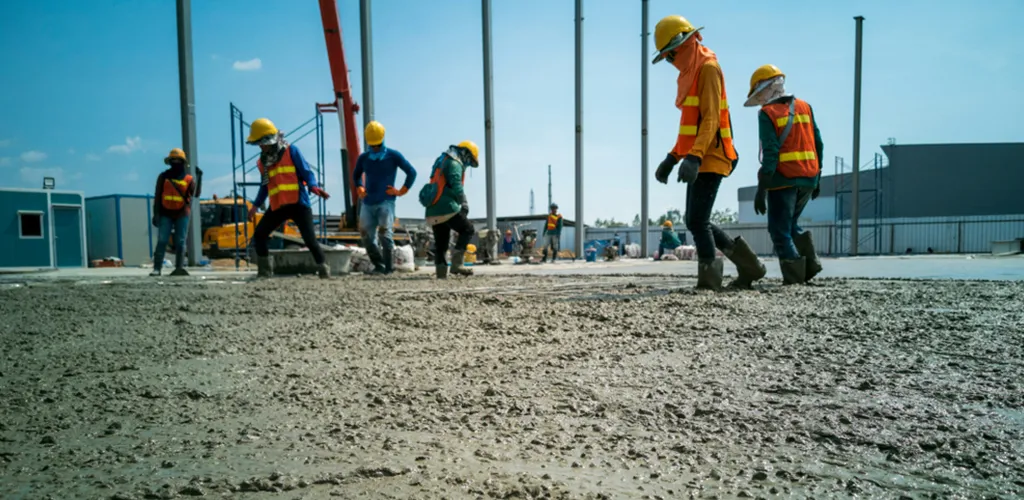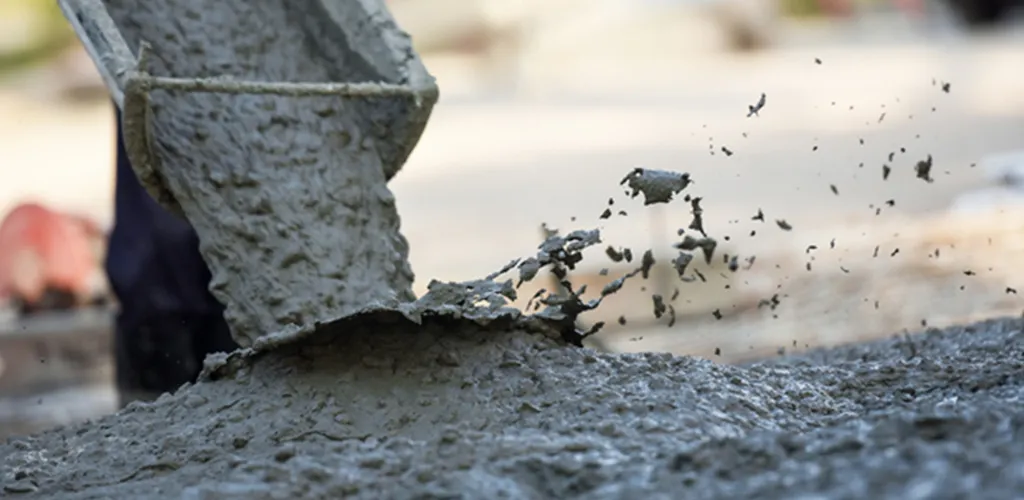Admixtures are used in concrete batches just before or during the concrete placement. Manufacturers mainly use Concrete Admixture to reduce the cost of concrete construction; transporting, arranging, and hardening purposes; and overcome emergencies during certain operations.
The successful use of these admixtures depends on the proper dosing method and the application of the infusion method. Most ready-to-use admixtures are in liquid or powder form and processed to the concrete at factories or construction sites.
Sometimes, concrete additives such as pigments, propellants and pump aids are combined in small amounts while other times pre-administered containers administer them manually.
Use Cases of Concrete Admixtures

Admixtures are being used in Pakistan’s cement industry for long time based on their purposes. There are different classes of chemical additives, such as air entertainers, water reducers, retarders, accelerators, thermo-plasticizers, etc.
All graded additives fall into a specific category. Its uses cover corrosion protection, shrinkage, reduced alkali-silica reactivity, improved workability, binding, moisture proofing, and coloring.
Let’s explore the application of admixtures one by one.
Types of Admixture for Concrete
- Set-Retarding Admixtures
- Water Reducing Admixture
- Accelerating Admixtures
- Shrinkage Reducing Admixtures
- Superplasticizer Concrete Admixture
- Air-Entrainment Concrete Admixture
- Corrosion Inhabiting Additives
- Selection of Concrete Admixtures
Set-Retarding Admixtures
Set-Retarding admixtures run ideally to slow the rate of condensation of concrete and counteract the accelerating effect of hot weather on the setting of concrete. High temperatures often increase the cure rate, making it difficult to place and furnish. These types of Admixtures Used in Concrete retarders to keep the concrete available during paving and delay the initial setup of the concrete. Most retarders also act as thinners, trapping air to flow in concrete.
Water Reducing Admixture

Waterproofing Chemicals typically reduce the water content required for concrete mixtures by approximately 5 to 50 percent. As a result, concrete with reduced water additives requires less water to achieve the required slump than untreated concrete. Treated concrete can have a low percentage of water-cement. It usually indicates higher-strength concrete without increasing the amount of cement.
Ressichem has also developed a variety of mid-range water reducers. These mixtures reduce the water content by at least 8% and tend to be more stable over a broader temperature range. Midrange water reducers provide a uniform cure time than standard water reducers.
Accelerating Admixtures
These additives increase the initial strength development rate as mentioned above, reduce the time required for proper curing and protection, and speed up finishing operations. Calcium chloride is the most common accelerator ingredient. However, it may accelerate the corrosive action of the reinforcing bars. Nonetheless, the best concrete practices include Proper consolidation, cover, and concrete mix design to prevent these corrosion problems. Accelerators are especially useful for changing the properties of concrete in cold weather.
Shrinkage Reducing Admixtures
Upon mixing a shrinkage-reducing admixture with concrete, it can reduce initial and long-term drying shrinkage. Shrinkage-reducing additives are effective if shrinkage cracks introduce durability issues or if concrete finishers do not desire large amounts of shrinkage joints for economic or technical reasons – for instance. In some cases, shrinkage-reducing additives can reduce strength development both at early and late ages.
Superplasticizer Concrete Admixture
Super Plasticizers, known as Plasticizers or High Range Water Reducers (HRWRs), reduce the water content up to 30% and, in some cases, achieve even higher water reductions. Finishers add low slump concrete to ordinary slump concrete and water-cement ratios to create high slump flow concrete. Since the Fluid concrete is watery, they can pour effective concretes for water compression. The impact of this high-performance Waterproof Concrete Additive lasts only 60 minutes, depending on the quality and dosage, once the workability is lost rapidly at construction sites.
Air-Entrainment Concrete Admixture
Air-entrained concrete can increase the freeze-thaw durability of concrete. This type of admixture produces more practical concrete than uncompressed concrete while reducing bleeding and segregation of fresh concrete. In addition, it improves concrete resistance to strong frost effects or frost/thaw cycles. The additional benefits of this additive include High resistance to wetting and drying cycles, high workability, and high resistance.
The entrained air bubbles act as a physical buffer against the formation of cracks caused by stress caused by increased water volumes between temperatures below freezing. Air entertainers are compatible with almost all concrete admixtures.
Corrosion Inhabiting Additives
Corrosion Inhabiting Admixtures fall into the category of special admixtures that delay the corrosion of concrete rebar. In addition, Corrosion Inhabiting concrete admixture can significantly reduce maintenance costs in reinforced concrete structures with a service life of 30-40 years.
Other specific Admixtures used in Concrete include shrinkage reduction admixtures and alkali-silica reactivity inhibitors. Corrosion-suppressing mixtures have little effect on strength in later years but can accelerate the development of early intensity.
Calcium nitrite-based corrosion inhibitors accelerate the hardening time of concrete over a range of hardening temperatures unless a hardening retarder is added to offset the accelerating effect.
Selection of Concrete Admixtures

Chemical admixtures should be selected according to specifications and recommendations of professional manufacturers such as Ressichem.
For large concrete construction projects, the amount of admixture used in concrete contains different proportions of admixture. These mixtures should be prepared after estimating desired quality and strength requirements. In this way, one can ascertain the optimal amount of additives for a particular application. Concrete admixtures must be used with caution according to specifications and application methods to avoid adverse effects.
Conclusion
Admixtures are necessary to improve concrete quality, controllability, faster or slower setting times, and other modified properties to achieve specific building results. Many, if not all, concrete mixes today contain one or more Admixtures in the concrete that can aid in the pouring process, increasing productivity while reducing costs.

